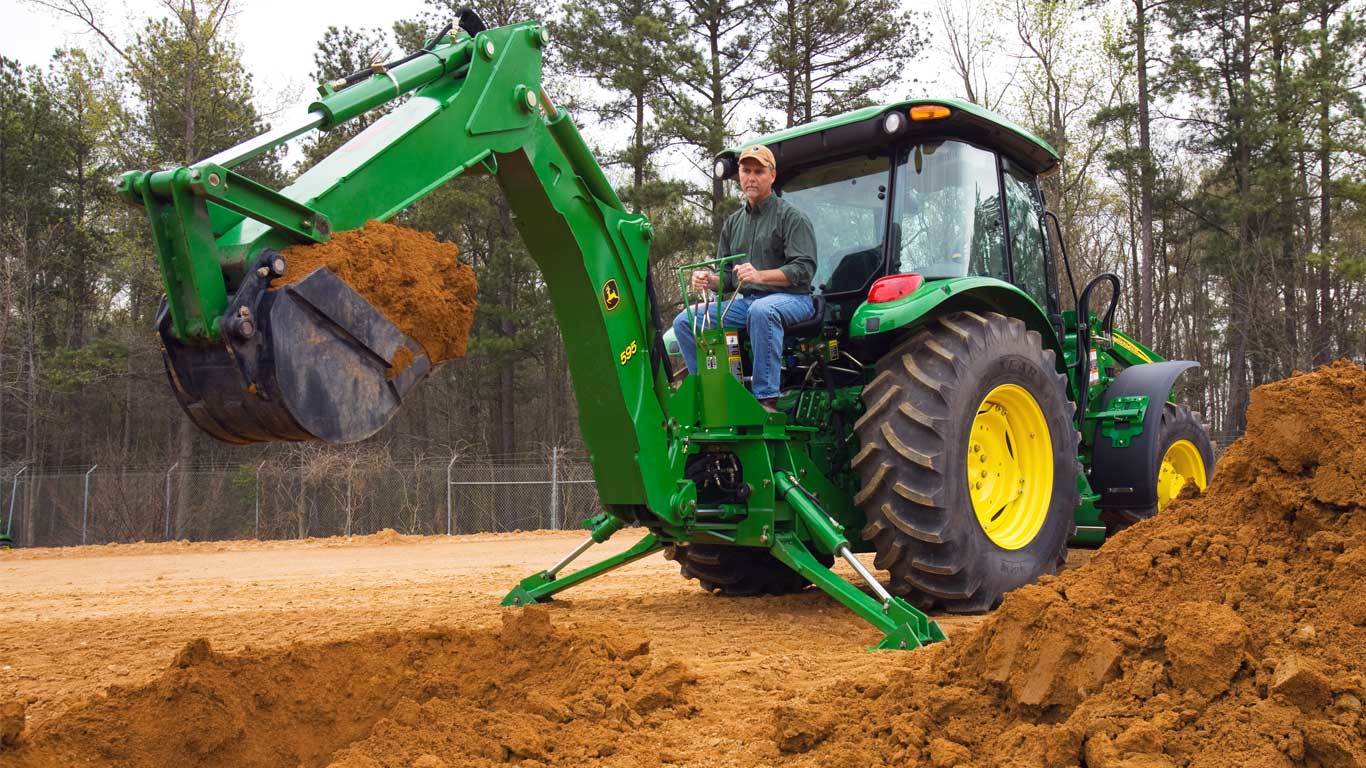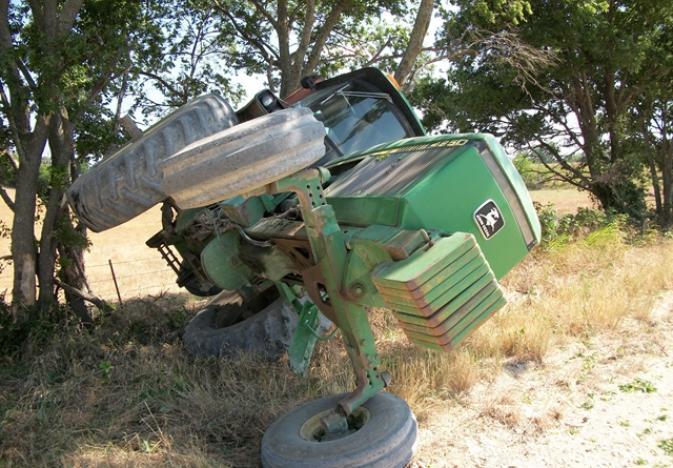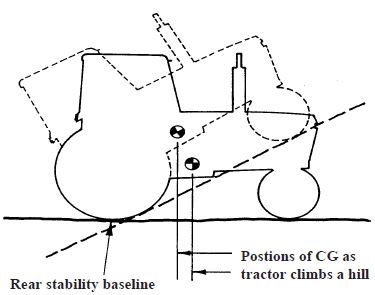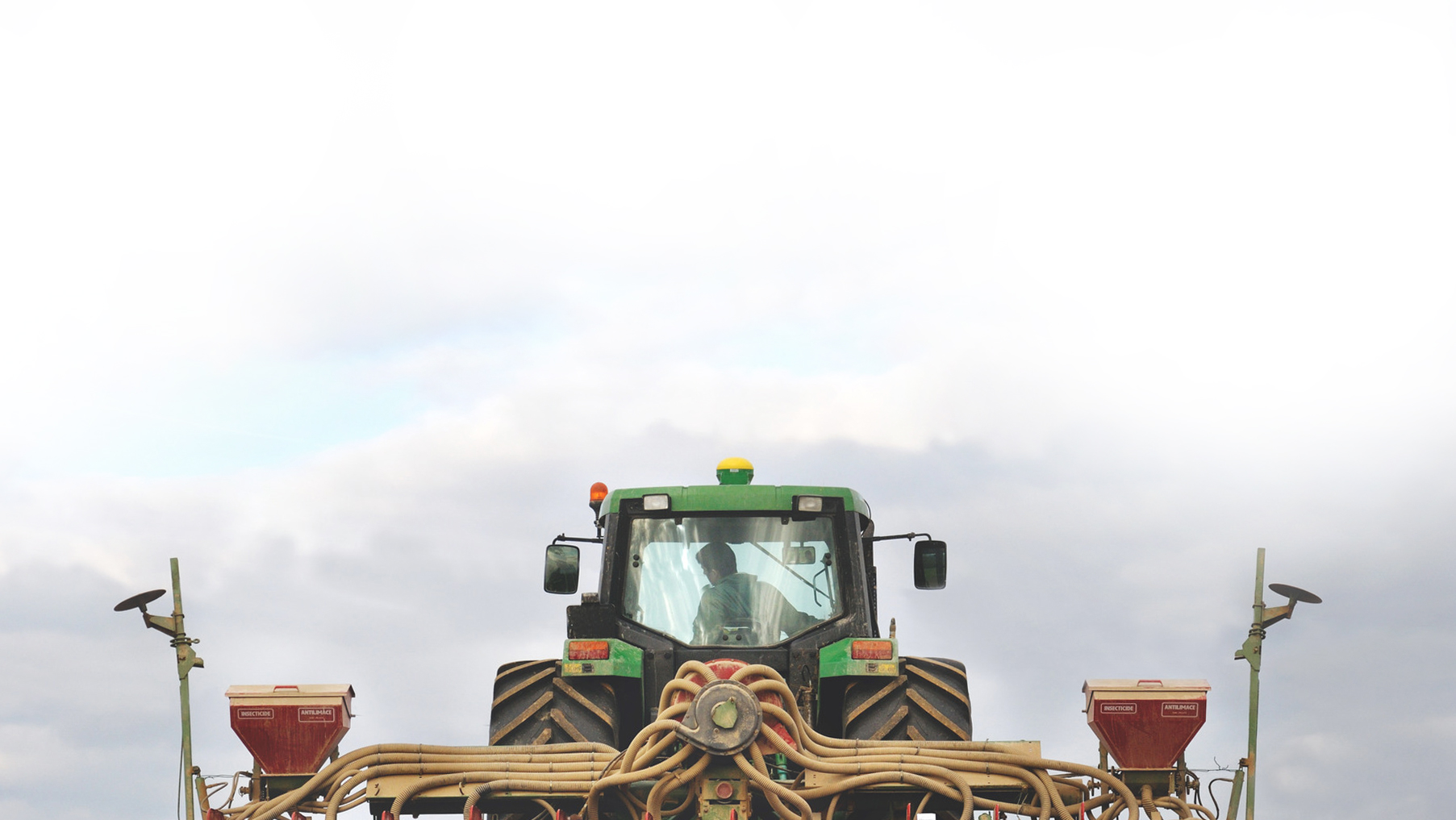Safety Tips for Backhoe Operation
Disclaimer: This article on Backhoe Operation is NOT intended to replace the manufacturer’s manuals provided with the machine. Those who are involved with the use of the loader/backhoe need to read and understand those documents.
The loader/backhoe (or excavator) is a versatile machine capable of performing many tasks on the farm or construction worksites. It’s ideal for most trenching work that is done on a construction site.
The loader is perfect for moving and loading soil as well as heavy objects into a truck. It can be used for light demolition and with special attachments in can increase its capabilities in this area. The backhoe is often used also for crane type work.
Accidents involving backhoes and loaders occur and are often tragic. While accidents may be similar to those that happen to tractors the additional of an attached backhoe and/or loader increases the likelihood of an accident due to increased height and length of the machine.
Common accidents with these machines are overturns, falls, runovers or accidentally striking bystanders, contact with other objects like electrical wires, and people being crushed in trench collapse. Because of the size of these machines and added features, increased diligence is needed to prevent accidents.
Here are some excavator safety tips you should consider when putting the equipment to work.
Excavator Safety Tips: Before Operation
Perform a Daily Walk-Around Inspection: One of the heavy equipment operator’s most important responsibilities is the machine inspection. Inspections not only ensure the operator’s own safety but also the safety of everyone else on your jobsite. In addition, a walkaround keeps machines in good working condition so you can meet production goals and deadlines. This applies not only for Tractor or Combine Operation, but also for Backhoe Operation, or any machine for that matter.
First, the operator must read the owner’s manual and use a checklist as a reference point for inspection. In addition, review the signals used to communicate between the operator and other workers. The checklist should include engine, coolant, and hydraulic fluid levels; the engine compartment; transmission; the integrity of bolts, connectors, welds, and pins; brakes; hydraulic hoses; safety devices and guards; roll-over protection; visibility, lighting, and alarms; and tires.
When checking each of these items, note any possible problems. If any component or system of the backhoe exhibits signs of possible failure, complete the necessary information for a “Do Not Use” tag and attach the tag to the backhoe. For example, a pre-work inspection may disclose that the stabilizer arms and pads have become damaged and require repair before work can begin.
- Check the machine before beginning a shift and again at the end of a shift
- Seat belts are provided for comfort and security.
- Before going to work, be sure the mirrors are clean and set properly.
- Make a quick check of the controls. Be sure the control levers are operating properly.
- Check the propel system. It’s better to do this before operating so you can prevent accidents on the job.
- Call the area’s utility services to have the job site marked for underground lines or structures.
Excavator Safety Tips: During Operation
- Never permit riders in the bucket, cab, or anywhere else on the machine. Excavators only have one seat, which is meant for the operator. Period.
- Never attempt to operate the excavator unless you are sitting in the seat and in full control.
- Reduce the excavator’s speed when working on rough terrain or within congested areas.
- Carry the bucket low to the ground during transport. This will increase visibility and machine stability.
- When moving the excavator around the job site, select a route that is as flat as possible.
- Steer the machine as straight as possible and only make small gradual changes in direction when turning is needed.
- Travel directly up slopes vertically instead of diagonally.
- When propelling up slopes, the boom and the arm should be extended with the bucket carried low and rolled out. This will allow you to drop the bucket and prevent the equipment from sliding if necessary.
- When propelling down a slope, the bucket bottom should be low and parallel to the ground.
- In very steep or slippery conditions, you can use the boom and arm to help move up and down the slope. When going up a steep slope, extend the boom and arm, and when needed, lower the bucket and retract the arm to help pull the machine up. When traveling down a steep slope, position the bucket with the flat surface resting on the ground. While retracting the arm, raise the boom and propel the machine until the front of the tracks reach ground level.
- When using the excavator for trenching, make sure the machine is level by placing dirt underneath the tracks. Being level will make the trench vertical and will help to avoid cave-ins.
- For better stability, work with the propel motors to the rear of the machine.
- Dump spoil piles as far away from the excavation as possible to avoid cave-ins.
- When doing excavation jobs on slopes, level the machine by digging a shelf (or bench cut). Material removed from the upper slope can be used to build up the lower slope and create a level surface.
- On steep bench cuts, cut enough away from the upper bank to allow for adequate swing clearance when casting downslope.
- Never dig underneath the excavator.
- When backfilling a cave-in, the excavator’s tracks should be at a 90-degree angle to the excavation with the propel motors to the rear of the machine.
- When loading trucks, never swing the excavator bucket or the truck cab. By swinging over the rear of the truck, any loose materials will fall on the ground or in the bed, rather than on the cab.
- Never attempt the clean the excavator’s bucket by striking it on the ground or against another object.
- Never leave the operator seat when the backhoe is running, always turn it off before leaving, even for a short period of time
- Do not go under the machine if it’s running, many fatalities happen because of this.
Excavator Safety Tips: After Operation
- When shutting down the unit, be sure it’s parked on a level surface with the bucket attachment lowered to the ground.
- Turn off the auto-idle switch and run the engine at half throttle without load for a few minutes to help cool the turbocharger down.
- Set the RPM to low idle before shutting the engine off with the key switch.
- Don’t forget to lock up the cab when exiting the equipment.
For more information:
Backhoe and Loader Operational Safety:
https://nasdonline.org/1675/d001575/backhoe-and-loader-operational-safety.html
Bobcat Compact Excavator Safety:
https://www.youtube.com/watch?v=NJ-qIfdwpI0
Caterpillar Walk-araound Inspection:
Job Hazard Analyis (JHA/JSA)
https://wisha-training.lni.wa.gov/training/jsa/jsa2009.ppt
https://www.osha.gov/dts/shib/shib072205a.html
https://www.agprofessional.com/article/farm-machinery-safety-dont-just-talk-about-it
https://extension.psu.edu/tractor-stability-and-instability





